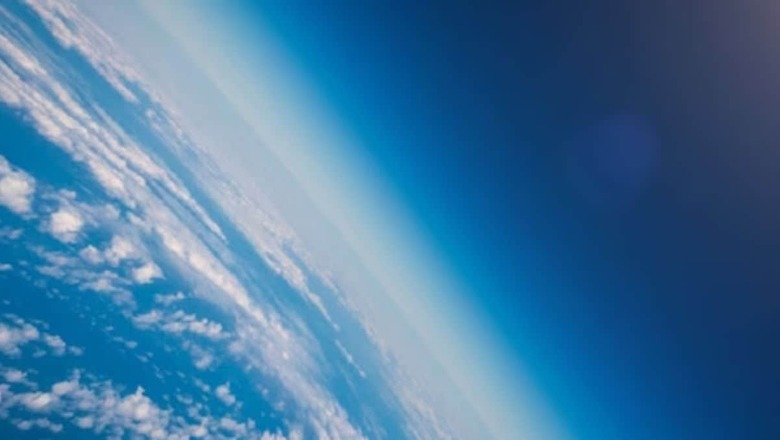
views
The Earth’s atmosphere boasts a composition crucial for the sustenance of life, with 78 per cent nitrogen, 20 per cent oxygen, 0.93 per cent argon, 0.039 per cent carbon dioxide and trace amounts of other gases. Each gas plays a pivotal role in maintaining the well-being of flora and fauna. However, hypothetical scenarios circulating on the internet pose intriguing questions about the consequences of altering this delicate balance, particularly by increasing oxygen levels to 90 per cent from the current 20 per cent.
Such a drastic change in oxygen concentration would have profound effects on the environment and human health. Elevated oxygen levels would intensify the combustion process, leading to faster-spreading fires and accelerated oxidation of biodegradable materials. Additionally, individuals would experience accelerated ageing, with signs of ageing appearing prematurely, possibly as early as age 10. Medically, the phenomenon could result in oxygen toxicity, causing damage to cell membranes, lung collapse, retinal detachment, seizures and pulmonary oedema due to excess oxygen in body tissues.
Furthermore, the increased oxygen content would entail a reduction in nitrogen and other gases essential for plant life. This imbalance could have dire consequences for trees, as nitrogen deficiency would deplete plant nutrients, ultimately leading to widespread plant mortality. The cascading effect would disrupt the ecosystem’s food chain, leaving herbivorous animals without sustenance and further exacerbating the crisis.
Moreover, rapid increases in oxygen levels could pose challenges for spacecraft re-entry into Earth’s atmosphere. Existing heat shields may prove inadequate to withstand the heightened heat generated by 90 per cent oxygen, rendering them ineffective and jeopardising crew safety.
While speculation about such scenarios may fuel curiosity, the real-world implications underscore the delicate balance of Earth’s atmosphere and the necessity of preserving its current composition for the continued sustenance of life on the planet.


















Comments
0 comment